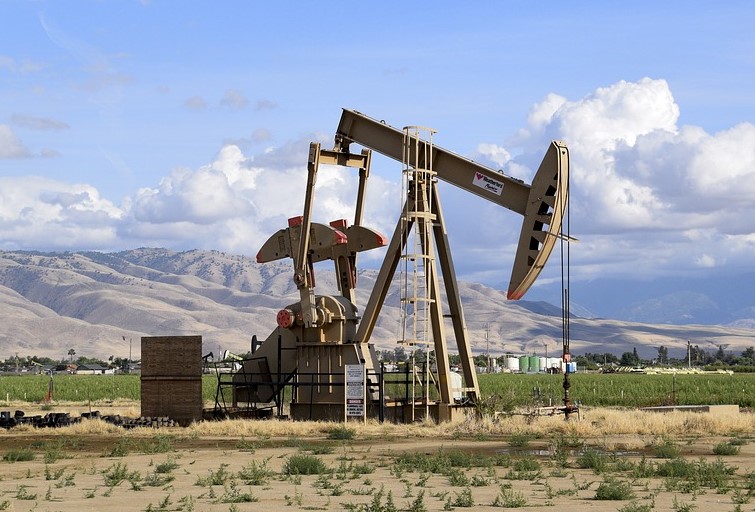By Erin Parlar, Legal Intern
Another element of the proposed “fracking” measures in New York was recently highlighted in the public debate by a new study by the group Earthworks. The study found that in the period from 2001 through 2010, the number of annual inspections of active conventional oil and gas wells in New York fell by almost 1,000 from 3,443 to 2,460, while the number of wells increased by nearly 1,000 from 9,322 to 10,195 during the same period. In other words, the number of inspections fell by about 30% while the number of wells rose by about 10% during this time frame. The group went on to state that more than 75 percent of the state’s active oil and gas wells go uninspected each year. While the New York Division of Mineral Resources (DMR), the agency in charge of regulating the extraction of oil and gas in the state, undertakes these inspections only in specified circumstances,[1] these findings nonetheless highlight the importance of setting up a proper oversight system if fracking is to be allowed in New York.
The New York Department of Environmental Conservation (DEC) website states that if fracking is used to stimulate oil and gas wells, DEC would only issue permits to the extent that it has enough resources to review and oversee these operations. In its revised draft supplemental generic environmental impact statement regarding shale development in the Marcellus Shale region of New York and other low-permeability gas reservoirs, the DEC proposed to “limit [drilling] permit issuance to match the Department resources that are made available to review and approve permit applications, and to adequately inspect well pads and enforce permit conditions and regulations.” New York Department of Environmental Conservation. Draft SGEIS. Executive Summary. pp. 27, 28.
However, as Earthworks points out, it is not entirely clear what it means to “adequately inspect well pads and enforce permit conditions and regulations.” DEC’s draft regulations make the DMR “responsible for the new, more complex application review, drafting permit conditions and inspections” associated with the “new requirements and standards for HVHF.” The DEC estimated that it would take “approximately 175 hours to conduct technical reviews for each permit for a well using HVHF” (Regulatory Impact Statement). To this end, the Department estimated that “the implementation of these regulations can be expected to require a significant increase from the existing DEC staffing levels to carry out the large number of activities relating to permits” (Regulatory Impact Statement Summary).
Concern over Earthworks’ findings is compounded by reports in the past year regarding DEC employment figures. In September 2011, Gannett news reported that the DEC expected that it would need an additional 226 staffers within five years if HVHF moved forward in New York. Gannett news also proclaimed, “[t]he DEC has been hit particularly hard by staff cuts in recent years, losing 806 full-time employees since April 2008.”
For these reasons, Earthworks recommended that (1) a more detailed and binding inspection policy should be developed by the DEC that “outlines when and how often inspections must occur,” and (2) additional staff members should be hired in order to provide adequate oversight.
New York is still deliberating whether and where to allow fracking. The Earthworks report serves to highlight how there are many other considerations at play aside from environmental impacts when analyzing the fracking issue.
Source: https://green.blogs.nytimes.com/2012/07/18/report-sees-lax-inspections-of-n-y-gas-wells/
The Earthworks report can be found at https://www.earthworksaction.org/issues/detail/new_york_oil_gas_enforcement_inspections.
[1] The agency states that it inspects well sites: 1) during permit application review to check environmental and public safety issues; 2) during drilling to check on well site construction and drilling permit compliance; 3) during the operation phase to check for leaks, spills, or other potential problems; 4) to ensure that well plugging and site reclamation meet requirements; and 5) upon receipt of a well transfer request. New York State Dep’t of Envtl. Conservation, Div. of Mineral Res., New York State Oil, Gas and Mineral Resources 2009 20 (2009), available here.



